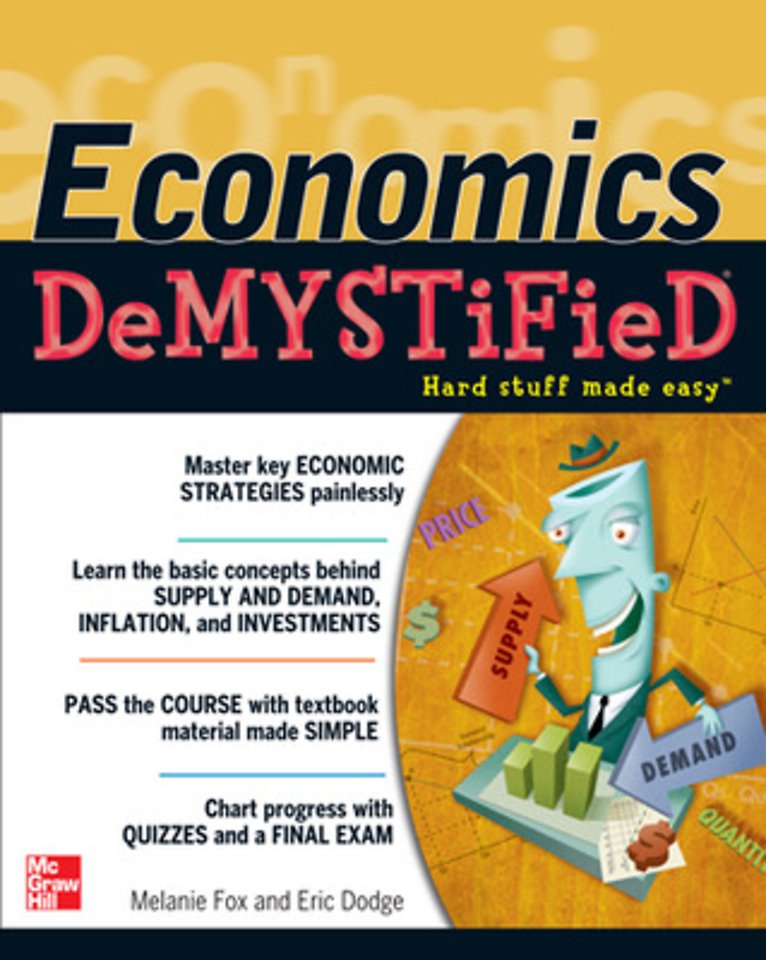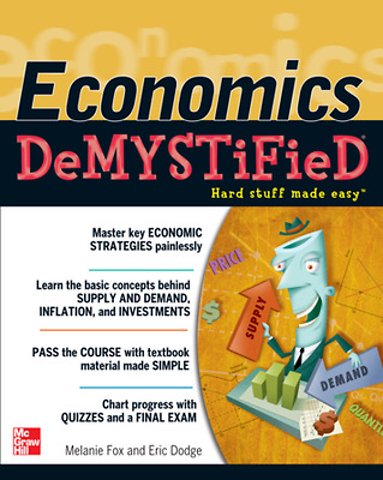Economics DeMYSTiFieD
Samenvatting
All the information you need—quick, easy, and ON THE MONEY
ECON. Do these letters make you sweat? You’re not alone. From college freshmen to PhD students, economics tops the list of panic-inducing classes.
But help has arrived. Economics DeMYSTiFieD is a curriculum-based, self-teaching guide that makes learning this important business topic easier than ever. Filled with illustrations, plain-English explanations, and real-life examples, it starts with the fundamentals and eases you into the more complicated theories, concepts, and mathematical formulas.
When it comes to making this complex topic easy to grasp, Economics DeMYSTiFieD corners the market.
This fast and easy guide features:Expert overviews of key topics, including supply and demand, macro- and microeconomics, consumer price index, and monetary policyChapter-ending quizzes and a final exam for charting your progressMath equations you can work out to bolster your comprehensionSpecial-focus chapters on the environment, healthcare, and insurance
Simple enough for a beginner, but challenging enough for an advanced student, Economics DeMYSTiFieD is your shortcut to mastery of this otherwise perplexing subject.







